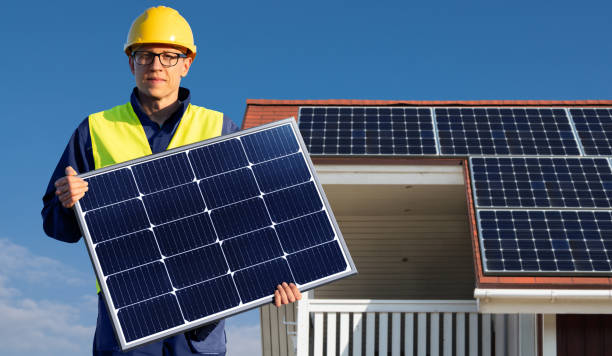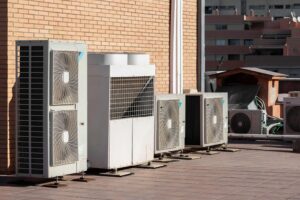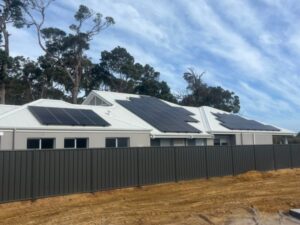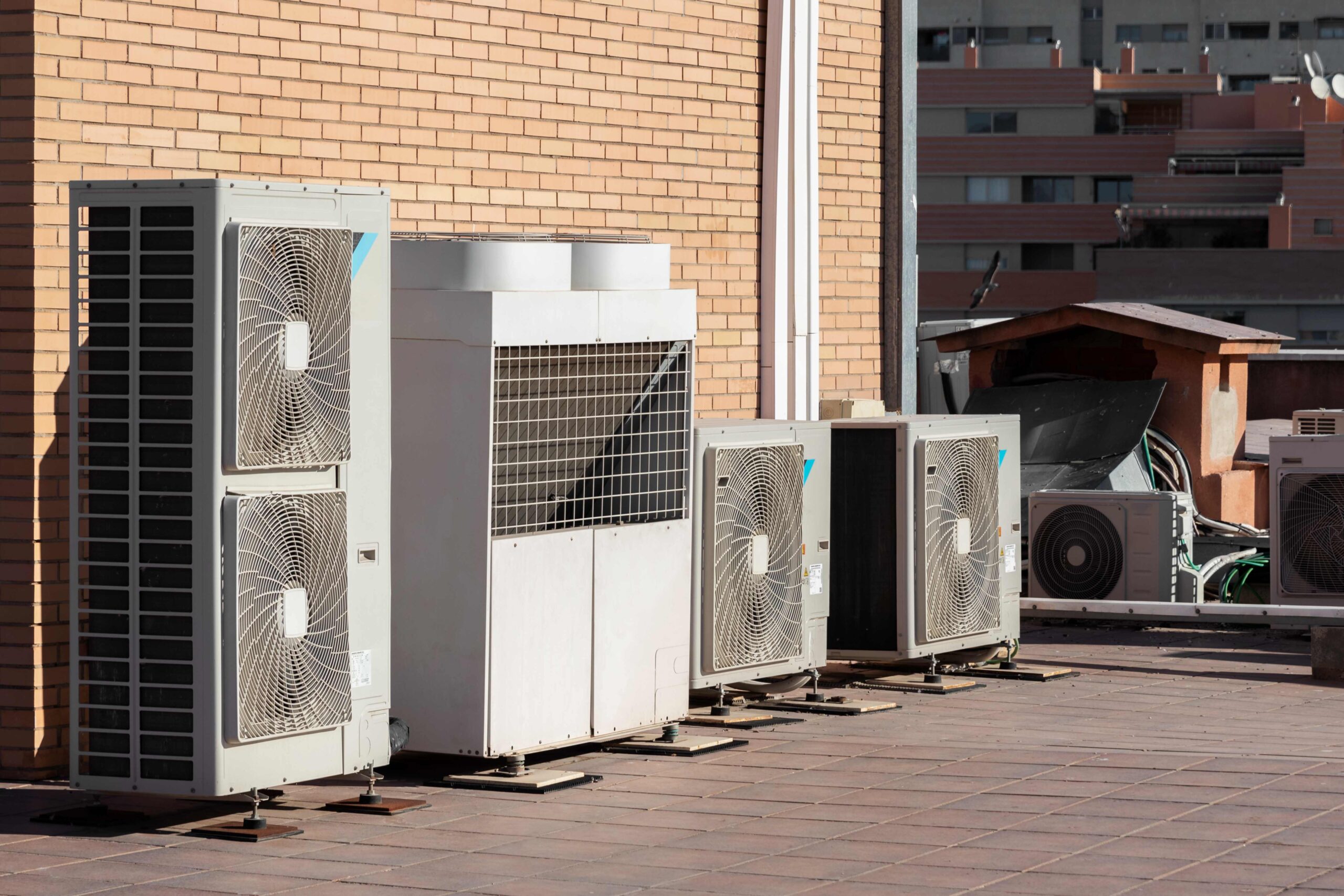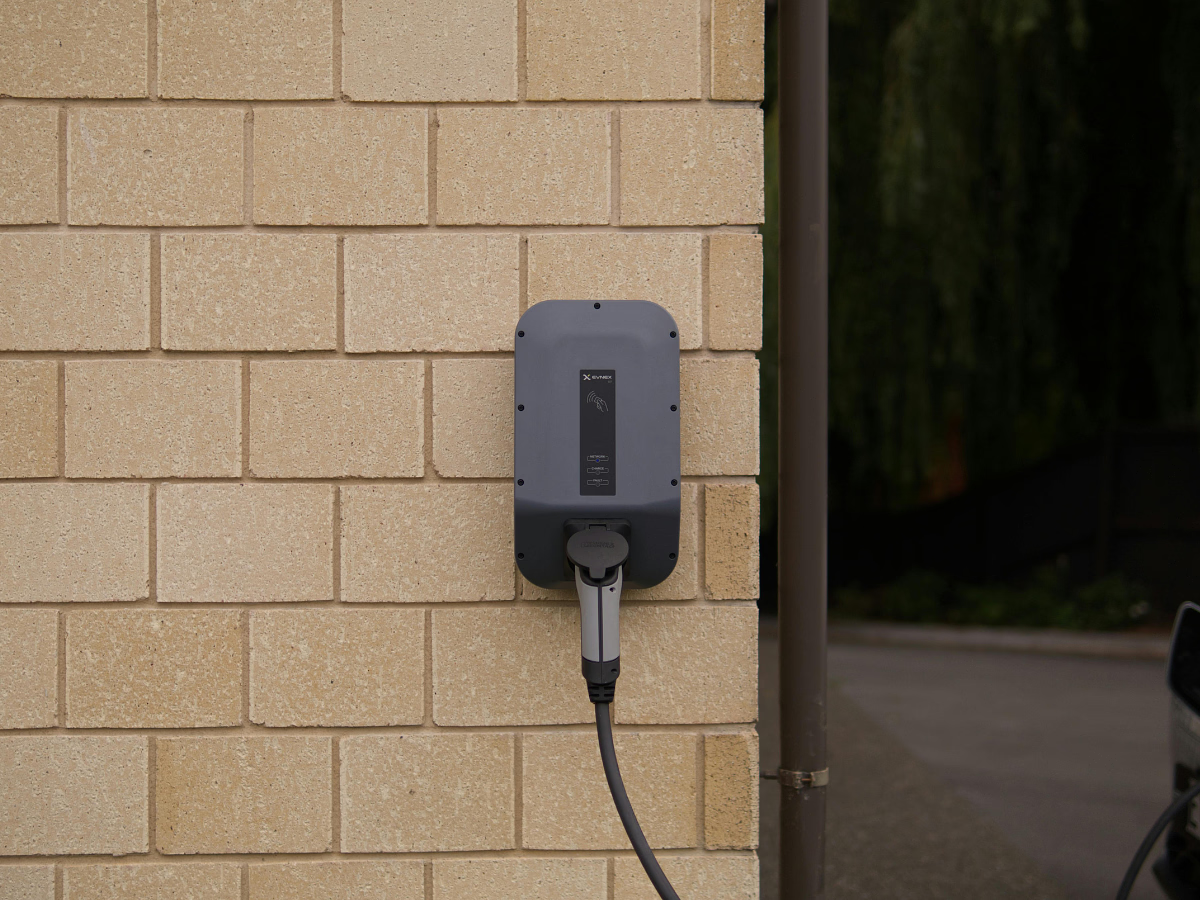Are you wondering “what size solar for WA home?” or searching for tailored advice on solar system size in Bunbury? You’re not alone. As more households in Southwest WA turn to solar power to reduce energy bills and carbon footprints, sizing your system correctly has become essential to maximising your return on investment.
Solar installation is not one-size-fits-all. The right solar system for your home in Bunbury depends on several factors, your current and future energy needs, roof orientation, shading, inverter efficiency, and available government rebates. Getting it wrong could mean underproducing electricity or overpaying for excess capacity you don’t need.
In this guide, we’ll break down everything you need to know to size your solar system accurately, optimize performance, and take full advantage of WA solar rebates.
Why Proper Solar System Sizing Matters
A solar system that’s too small may not meet your daily energy needs, leaving you reliant on grid electricity and limiting your savings. On the other hand, an oversized system may produce more electricity than you can use or export, increasing your payback period and upfront costs.
That’s why custom system sizing based on accurate data and local environmental factors is key. With Bunbury’s sunny climate and supportive solar incentives, a well-sized system can generate energy reliably year-round, and often pay itself off in 3 to 5 years.
1. Start with an Energy Consumption Analysis
Before choosing a system size, the most important step is analysing how much electricity your household consumes.
Key factors to consider:
- Daily and seasonal usage patterns (kWh/day)
- Number of residents in the home
- Use of high-consumption appliances like air conditioners, pool pumps, or electric vehicles
- Time-of-use habits (day vs. night consumption)
You can usually find this information on your electricity bill, often broken down into daily or monthly averages. For most Bunbury homes, typical usage falls between 10–30 kWh per day. However, if your household includes high energy usage or planned future upgrades (like installing EV charging), you’ll want to factor those into your forecast.
2. Understand System Output and Bunbury’s Solar Potential
The amount of power your solar panels generate depends not only on size but also on the local solar irradiance, which in Bunbury is excellent. On average, each kilowatt (kW) of installed solar in Bunbury generates 4.4 to 5.2 kWh per day, depending on seasonal shifts and system efficiency.
Here’s a rough guide to expected output:
- 3 kW system → ~13–15 kWh/day
- 5 kW system → ~21–26 kWh/day
- 6.6 kW system → ~28–34 kWh/day
- 10 kW system → ~43–52 kWh/day
So, if your home uses around 20 kWh daily, a 5 to 6.6 kW system might be your sweet spot. But that’s just a starting point—other factors come into play.
3. Consider Roof Space, Orientation, and Shading
Even if your usage demands a 6.6 kW system, your roof size and orientation may limit what can be installed efficiently.
Site factors to assess:
- North-facing panels offer optimal solar exposure in WA.
- East/West arrays can help spread production across morning and evening.
- Shading from trees, chimneys, or nearby buildings can reduce panel output.
- Tilt angle and roof material may affect install method.
That’s why a shading study and site inspection are vital. A professional installer like MaxSolar in Bunbury can assess your property to ensure optimal panel layout for year-round performance.
4. Choose the Right Inverter for Your System
Your inverter is the brain of the system, converting the DC electricity your panels produce into usable AC power. While it might be tempting to just match inverter size to the solar array, there’s more to it.
WA regulations allow for slight oversizing of panels relative to inverter capacity (commonly up to 133%). For example, a 6.6 kW panel array may be paired with a 5 kW inverter. This design optimises output during peak sunlight while keeping costs and losses down.
Consider:
- String vs. microinverters – Microinverters offer panel-level optimisation, great for partial shade.
- Hybrid inverters – Future-proofed for battery storage.
- Warranty and brand quality – Aim for 10+ years.
Choosing the right inverter improves system efficiency and can shorten payback time significantly.
5. Take Advantage of WA Solar Rebates and Incentives
When sizing your system, don’t forget the impact of solar rebates in Western Australia, which reduce your upfront cost and improve return on investment.
As of 2025, WA homeowners are eligible for:
- STCs (Small-Scale Technology Certificates) – A federal rebate scheme that applies to systems under 100kW. The more efficient and larger your system, the more STCs you receive.
- Feed-in Tariffs (FiT) – Get paid for excess electricity sent back to the grid. While rates vary, it’s still a nice offset.
Keep in mind:
- The STC rebate amount depends on your system size and your installation date.
- FiT is usually lower than retail rates, so self-consumption is key to savings.
- Some battery incentives and local council rebates may apply in certain WA areas.
For personalised help navigating rebate eligibility, contact MaxSolar if you are in Bunbury and their expert team can assist you with the entire process.
6. Consider Long-Term ROI and Battery Storage
The right solar system isn’t just about meeting today’s needs; it’s about maximising long-term return on investment. Here’s how system size affects that:
- Smaller systems (3–4 kW) – Lower upfront cost, but may not offset all your usage, especially in growing families.
- Mid-sized systems (5–6.6 kW) – Ideal for most households, balancing cost and output.
- Larger systems (8–10+ kW) – Higher cost, better suited to homes with electric vehicles, pools, or planned battery integration.
Adding solar batteries in the future can further increase savings and self-sufficiency. That’s why it’s smart to size your system and inverter with battery-readiness in mind—even if you don’t buy a battery today.
Custom Quotes Matter More Than General Advice
While online calculators and averages are useful, they can’t replace a customised solar quote tailored to your actual energy profile, home layout, and budget.
Working with local solar experts ensures:
- Accurate site inspections
- Professional energy audits
- Honest product recommendations
- Compliance with WA grid standards
- Guidance on finance options and payback
At MaxSolar, every system is designed to match your lifestyle, not just your roof. Their team has installed countless systems across Bunbury and Southwest WA with a strong track record in both residential and commercial solar solutions.
Your Best Solar Starts with Smart Sizing
If you’re asking, “what size solar for WA home?” or trying to determine the right solar system size for your Bunbury property, you’re already on the right path. Accurate sizing is the most important step toward long-term energy independence and savings.
From detailed energy consumption analysis to site-specific shading studies, working with a trusted local installer ensures you avoid overpaying or underperforming.
Ready to take the next step? MaxSolar services Bunbury, helping you design the perfect solar solution, with professional advice, transparent quotes, and ongoing support.
Frequently Asked Questions (FAQ)
1. What size solar system do I need in Bunbury?
It depends on your daily energy use, roof size, and budget. Most households benefit from 5–6.6 kW systems, but energy-hungry homes may need 8–10 kW.
2. How can I calculate my system size?
Start by checking your power bill for average daily usage (in kWh), then multiply by local solar output rates (4.5–5.2 kWh per day per kW installed in Bunbury). Add 10–20% for future usage if needed.
3. Can I install more panels than my inverter size?
Yes, in WA, you can oversize up to 133% of your inverter rating. For example, 6.6 kW of panels with a 5 kW inverter is a common and efficient setup.
4. What rebates are available in WA?
STCs (federal) reduce upfront cost, and Feed-in Tariffs pay you for exporting excess power. These programs change over time, so it’s wise to get updated advice from your installer.
5. Should I get a battery now or wait?
Batteries add storage capacity but can be expensive. Many Bunbury homeowners choose battery-ready systems and install batteries later as prices drop or incentives improve.

